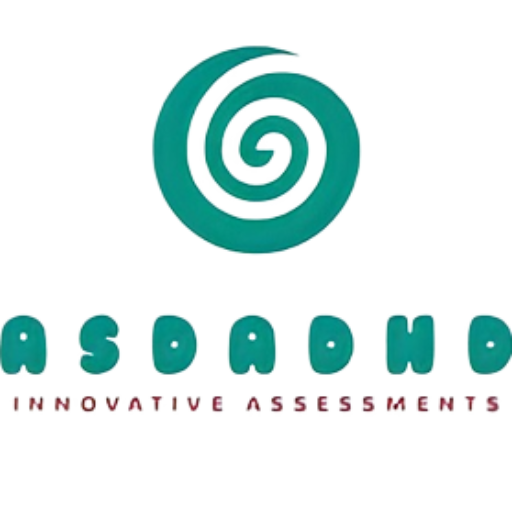20 Jun, 2023 | anishdr | No Comments
Supporting Students with ADHD: Classroom Strategies for Teachers
Introduction
Welcome to our comprehensive guide on supporting students with ADHD in the classroom. In this blog post, we will explore effective strategies and techniques that teachers can implement to create an inclusive and supportive learning environment for students with ADHD. ADHD, or Attention-Deficit/Hyperactivity Disorder, can present unique challenges in the classroom setting. However, with the right approaches, teachers can help students with ADHD thrive academically, socially, and emotionally. By understanding the needs of students with ADHD and implementing practical strategies, teachers can foster their success and create a positive educational experience for all students.
Section 1: Understanding ADHD
Before diving into specific strategies, it is essential for teachers to have a basic understanding of ADHD. In this section, we will provide an overview of ADHD, including its definition, common symptoms, and its impact on students’ learning and behavior. By gaining insights into the neurodevelopmental aspects of ADHD, teachers can approach their students’ challenges with empathy and create a supportive environment that meets their unique needs.
Section 2: Creating an Inclusive Learning Environment
An inclusive classroom environment is crucial for students with ADHD to thrive. In this section, we will discuss strategies for creating an inclusive learning environment that accommodates the diverse needs of students with ADHD. Topics covered will include classroom layout and organization, seating arrangements, visual cues, and minimizing distractions. We will also explore the importance of establishing clear expectations, routines, and classroom rules to promote consistency and structure.
Section 3: Effective Instructional Strategies
Tailoring instructional strategies to meet the needs of students with ADHD is essential for their engagement and academic success. In this section, we will delve into effective instructional techniques, including differentiated instruction, multisensory learning, and incorporating hands-on activities. We will also discuss the benefits of incorporating technology, such as educational apps and assistive tools, to support students with ADHD. Additionally, we will explore the significance of providing clear instructions, breaking tasks into manageable steps, and implementing varied teaching methods to cater to diverse learning styles.
Section 4: Behavior Management Techniques
Managing behavior is a key aspect of supporting students with ADHD in the classroom. In this section, we will provide strategies for promoting positive behavior and reducing disruptive behaviors. Topics covered will include establishing behavior management systems, implementing rewards and incentives, using visual supports, and providing frequent feedback. We will also discuss proactive strategies such as offering breaks, using redirection techniques, and fostering self-regulation skills.
Section 5: Collaboration and Communication
Collaboration between teachers, parents, and other support professionals is vital for the success of students with ADHD. In this section, we will explore effective communication strategies to foster collaboration with par…

Write Reviews
Leave a Comment
No Comments & Reviews